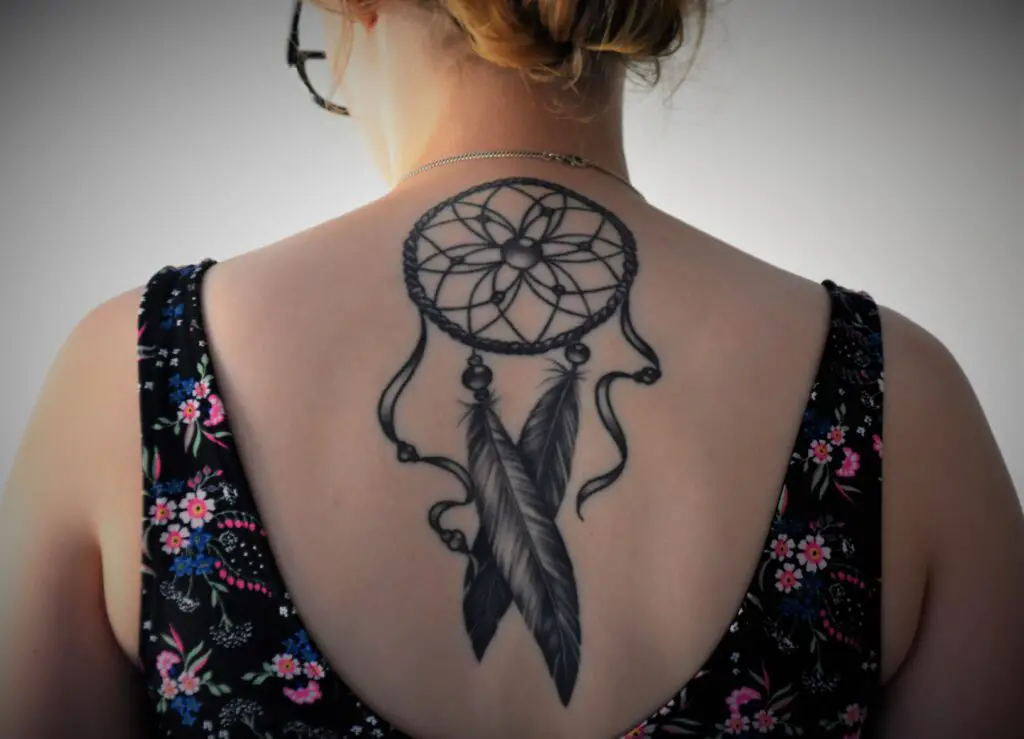A tattoo is a permanent design or artwork. It created by injecting ink into the dermis, which is the second layer of skin. The skin is composed of three main layers: the epidermis, dermis, and hypodermis. The epidermis is the outermost layer, the dermis is the middle layer, and the hypodermis is the deepest layer. When a tattoo is applied, it typically penetrates through the epidermis and into the dermis, where the ink remains permanently. Let’s delve deeper into the layers of the skin. The tattooing process to understand how many layers of skin a tattoo goes through.

The Epidermis: The epidermis is the outermost layer of the skin and acts as a protective barrier. It is composed of several layers of cells. Including the stratum corneum, stratum lucidum, stratum granulosum, stratum spinosum, and basal cell layer. The stratum corneum is the outermost layer of the epidermis. It is made up of dead skin cells that continuously shed and are replaced by new cells from the lower layers. The tattoo needle does not penetrate beyond the stratum corneum as it is composed of dead skin cells and does not contain any ink. Therefore, the tattoo does not reach beyond the epidermis.
The Dermis: The dermis is the middle layer of the skin and is composed of dense connective tissue. It contains blood vessels, nerve endings, hair follicles, sweat glands, and sebaceous glands. The dermis provides structural support to the skin and houses important physiological functions. When a tattoo is applied, the ink is injected into the dermis using a tattoo machine with multiple needles that penetrate the skin repeatedly. The needles create small puncture wounds in the dermis, allowing the ink to be deposited into the connective tissue.
The tattoo ink is absorbed by the cells in the dermis, primarily fibroblasts and macrophages. Which engulf the ink particles and lock them in place. Over time, the ink particles are surrounded by collagen fibers, which help to anchor the tattoo in the dermis and make it permanent. The depth at which the ink is deposited in the dermis. It can vary depending on the technique used by the tattoo artist and the type of design being created. On average, the depth of a tattoo in the dermis ranges from 1.5 to 2.5 millimeters. Although it can go deeper in some cases.
The Hypodermis: The hypodermis, also known as the subcutaneous tissue, is the deepest layer of the skin. It is composed of adipose (fat) tissue and connective tissue. It serves as an energy reserve, insulation, and cushioning for the body. The hypodermis is not typically involved in the tattooing process as the needles do not penetrate beyond the dermis.
In summary, a tattoo typically goes through two layers of skin – the epidermis and the dermis. The tattoo needle penetrates the epidermis, which is the outermost layer of the skin. It reaches the dermis, which is the middle layer of the skin. The ink is then deposited into the dermis, where it becomes permanent. The hypodermis, which is the deepest layer of the skin, is not usually involved in the tattooing process as the needles do not penetrate beyond the dermis.
It’s important to note that tattooing should always be performed by a professional tattoo artist in a clean and sterile environment to reduce the risk of infection and other complications. Proper aftercare, such as keeping the tattoo clean and moisturized, is also crucial to ensure proper healing and to maintain the quality.
